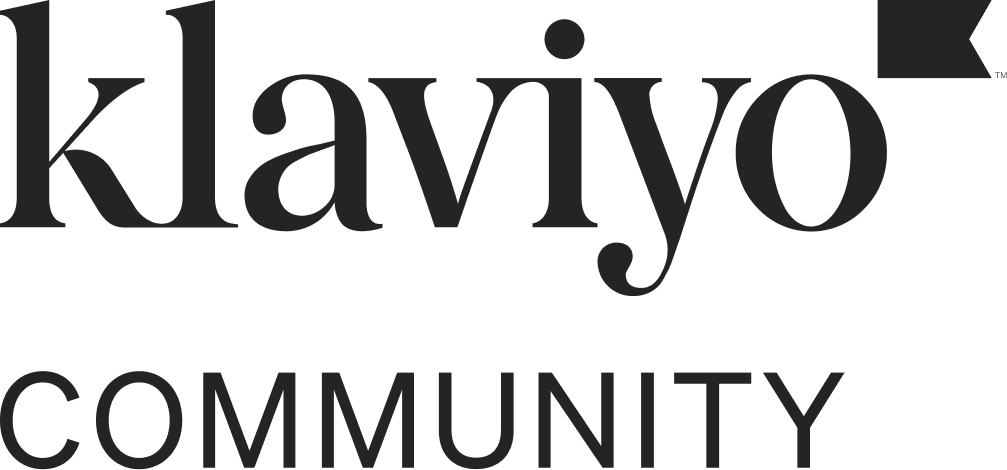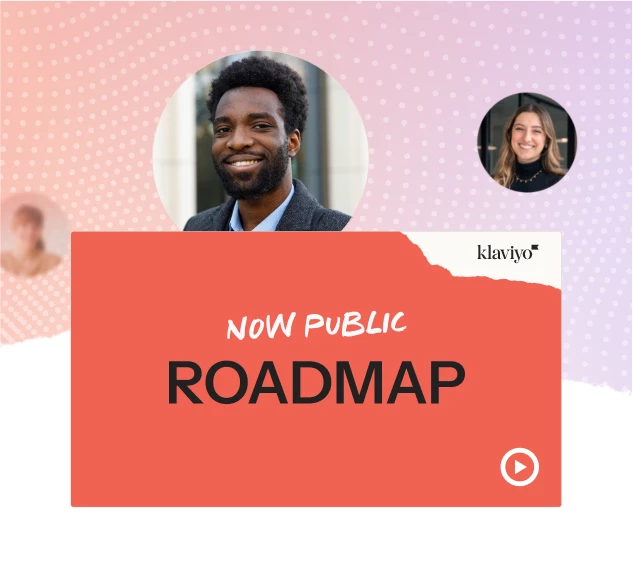Hello people,
I am reaching out with an important question regarding Klaviyo’s migration away from the classic API authorization and to the new OAuth 2 system.
For many of my clients, in their flows I use the “Webhook” action in order to send custom events to profiles that enter flows that enrich data and segmentation across the account. All of my flows for instance contain webhooks that send out an “Update Profile” custom event that updates a custom property profile to TRUE and after a certain number of days to FALSE in another flow so we do not send, for instance, abandoned cart emails to a profile that is already in a welcome flow.
We also send custom webhooks to sunset certain profiles, or do general profile maintenance.
We send these webhooks to klaviyo API endpoints. And now my question is: How will we be able to send webhooks to Klaviyo endpoints after the full migration to OAuth 2? Is Klaviyo actively thinking of a solution in order to use their API endpoints in flows? Will we be able to use Klaviyo OAuth as an integration in our Klaviyo accounts?
Really stressed about the migration as I haven’t been able to find any useful articles on the internet regarding a workaround for this.
Thanks!







